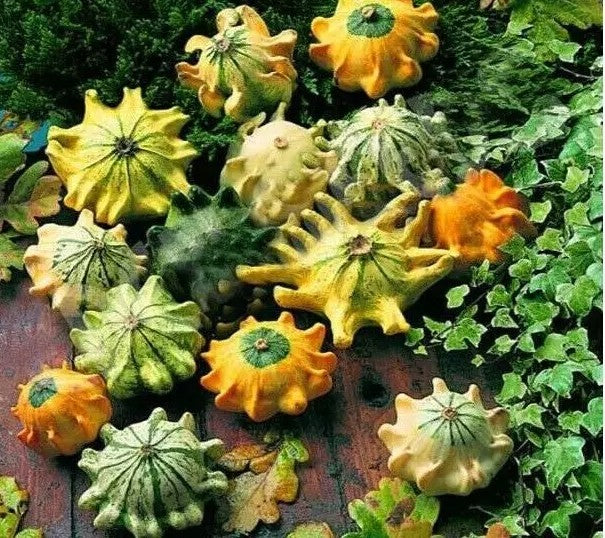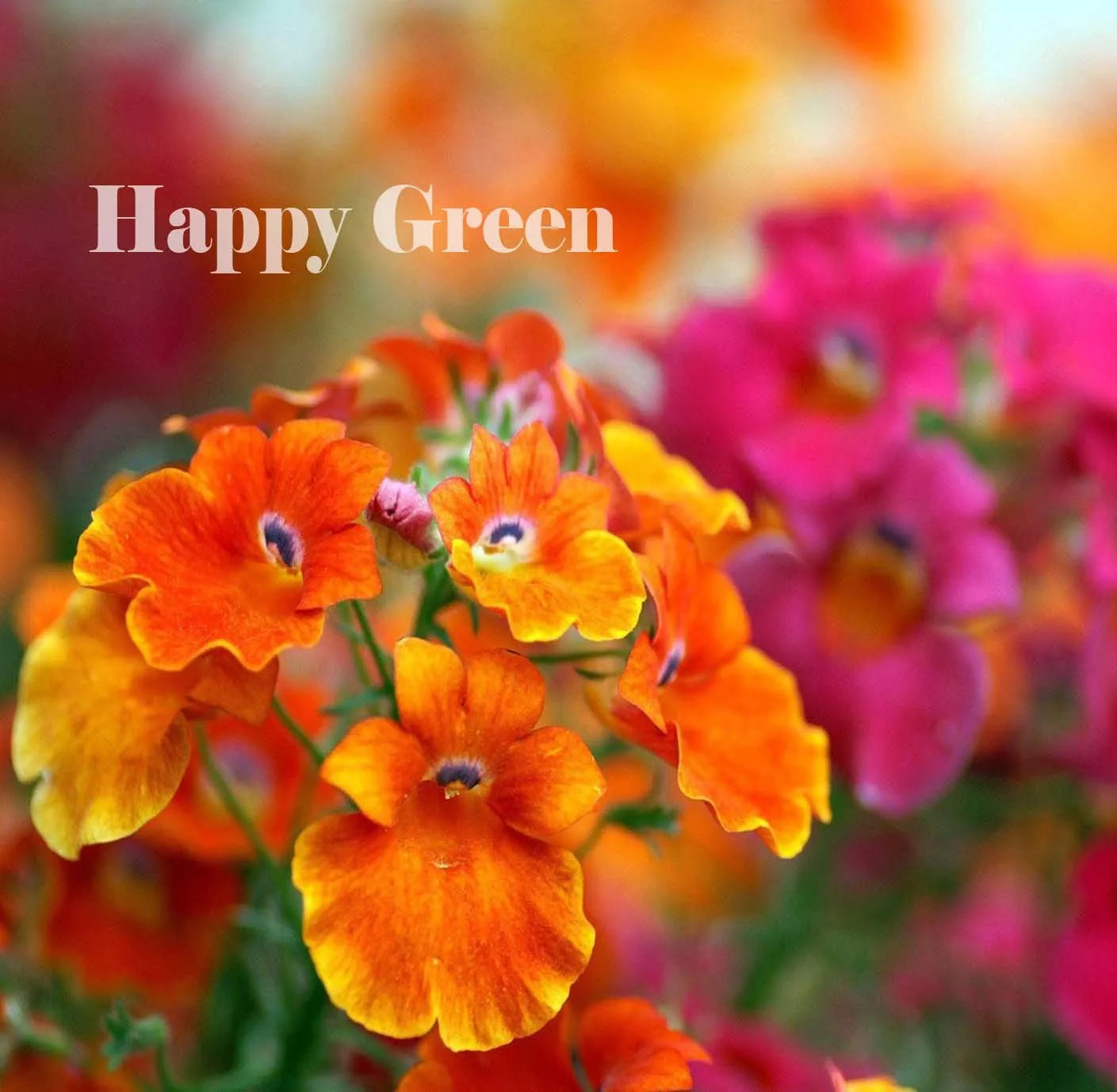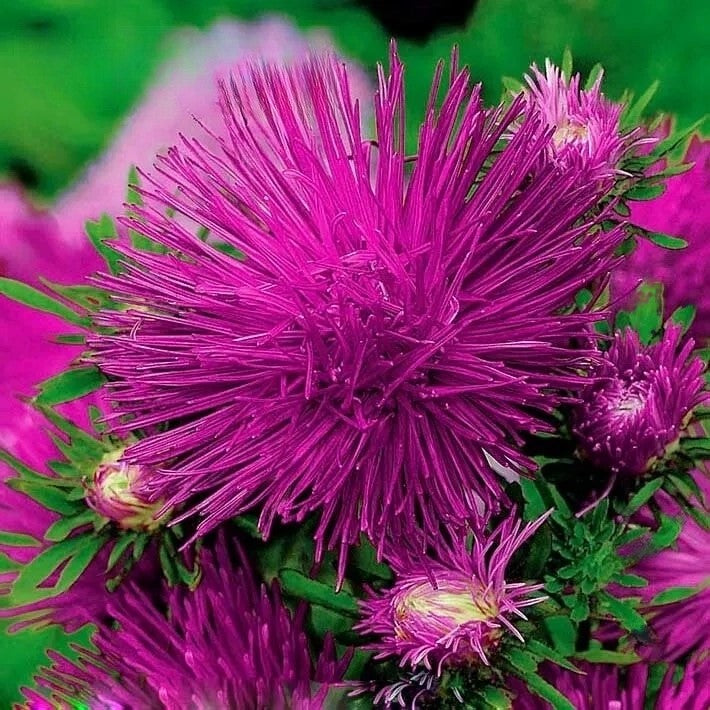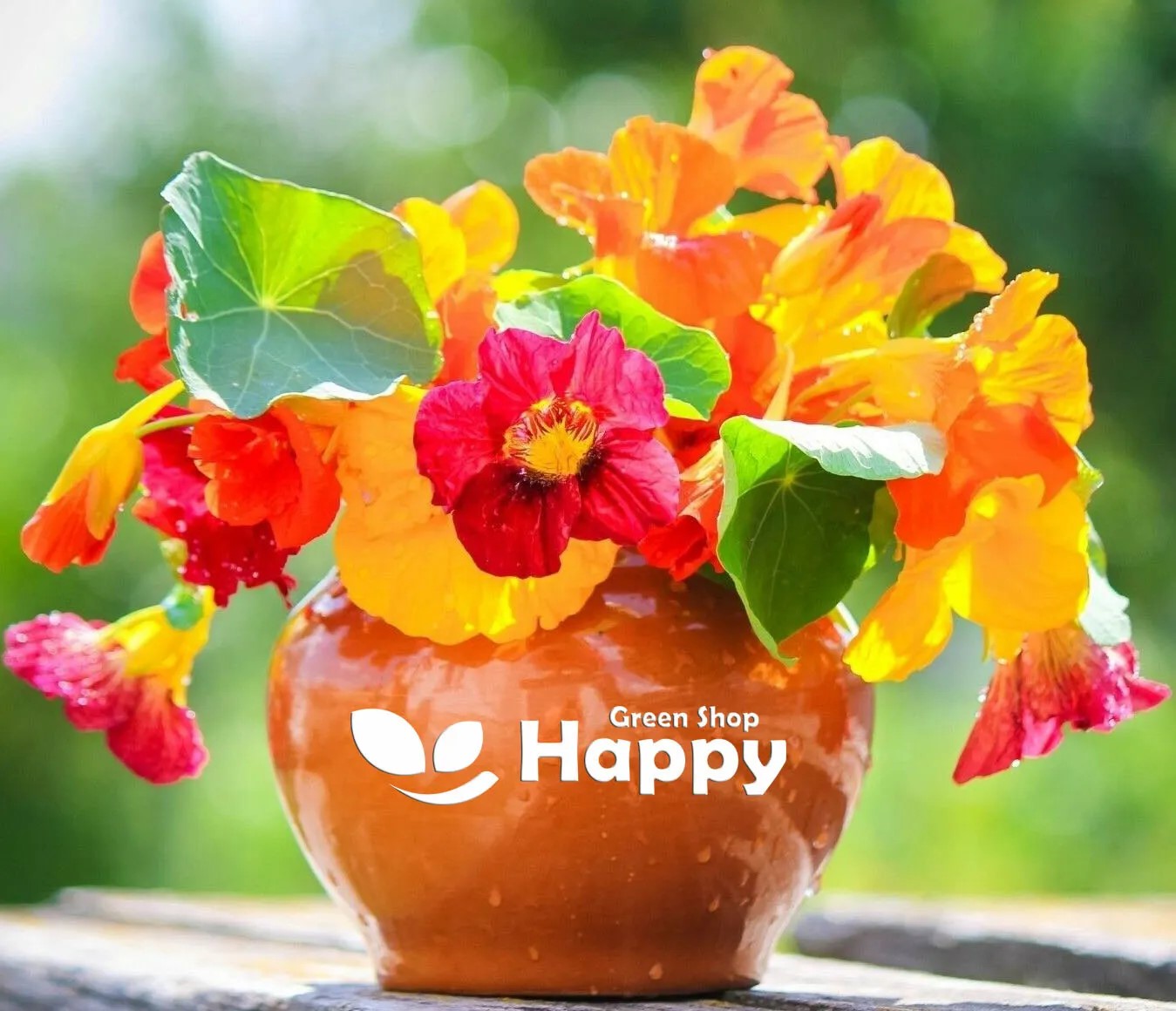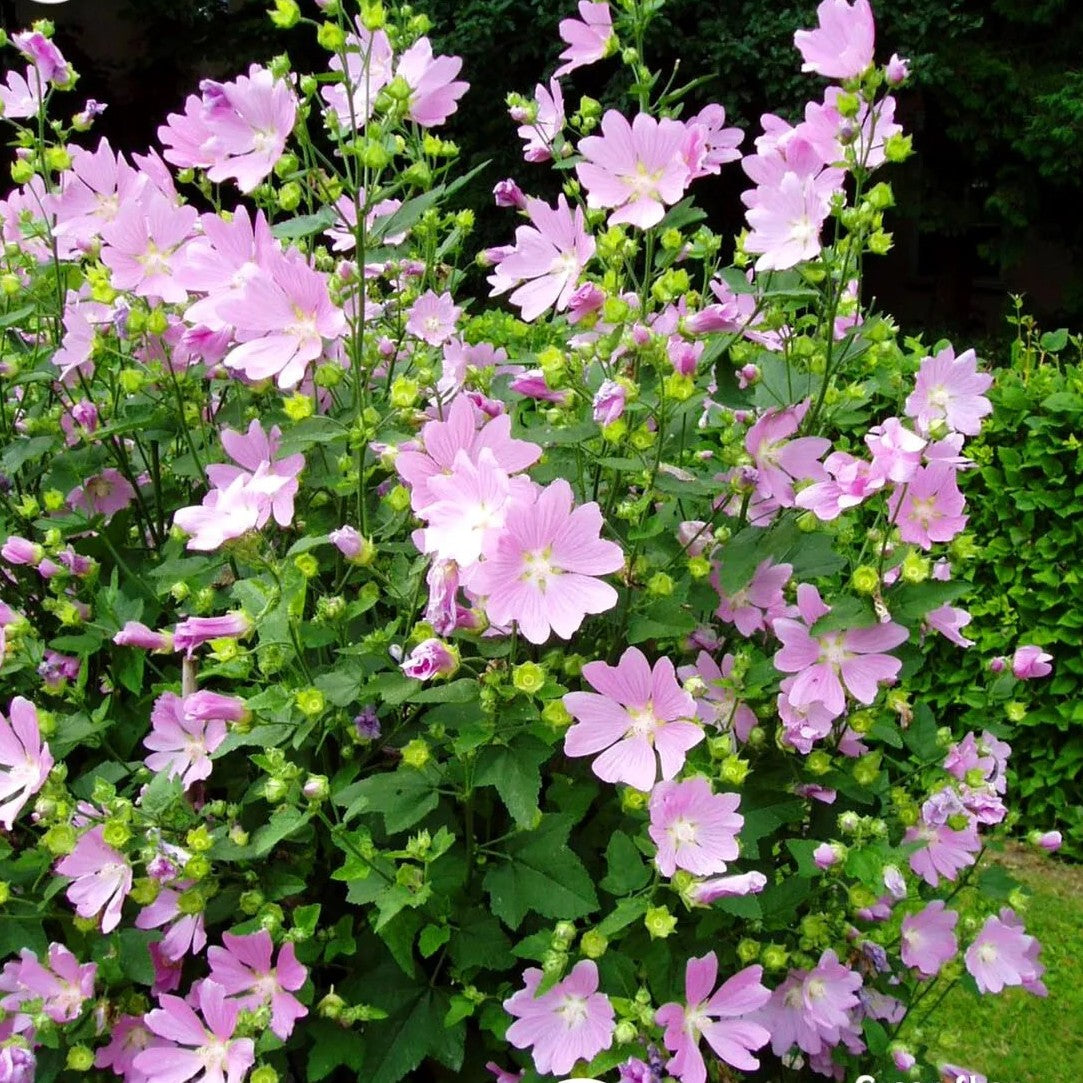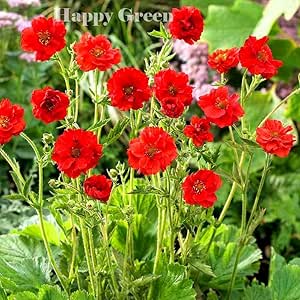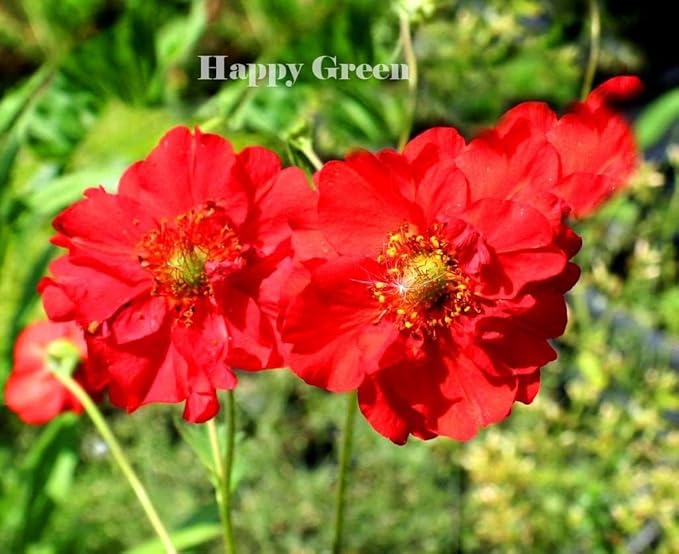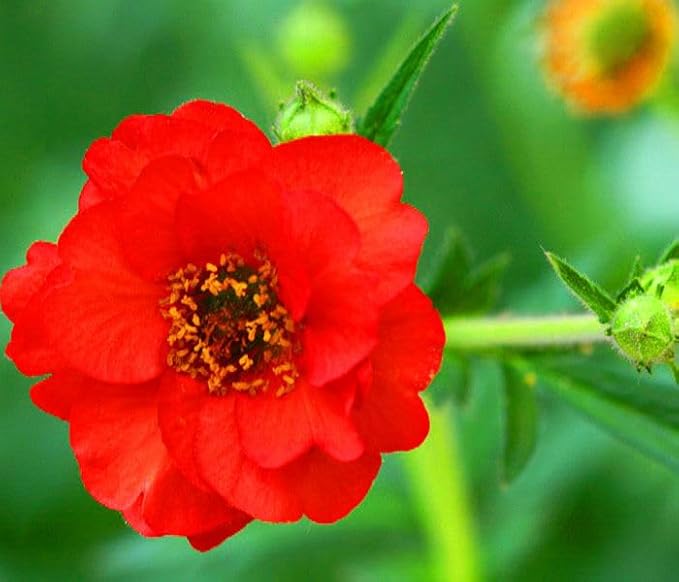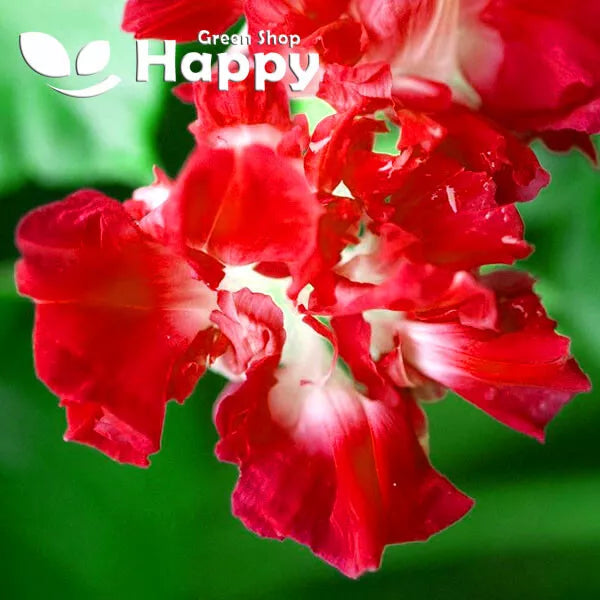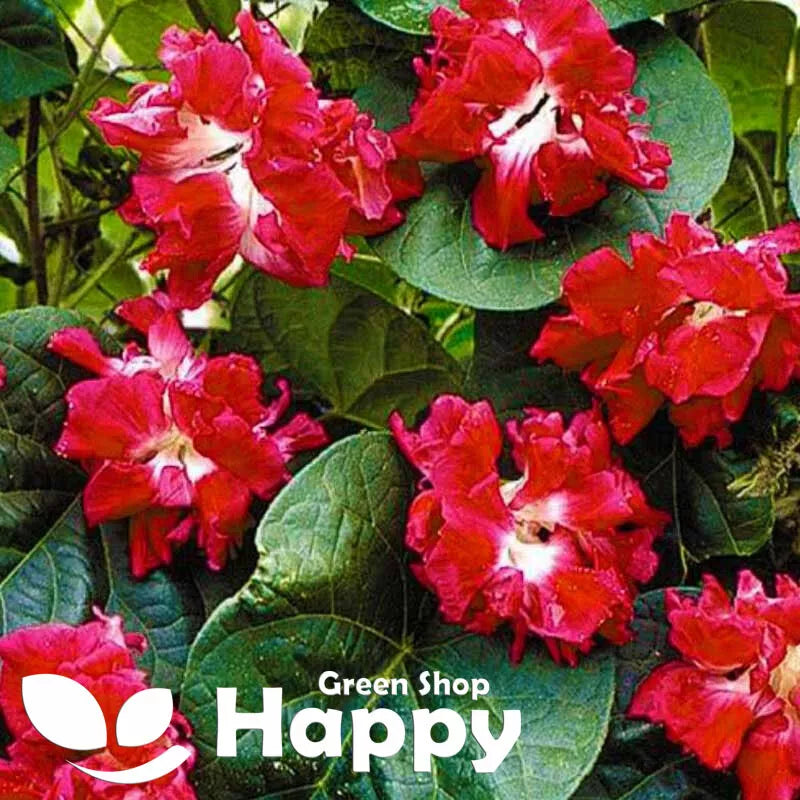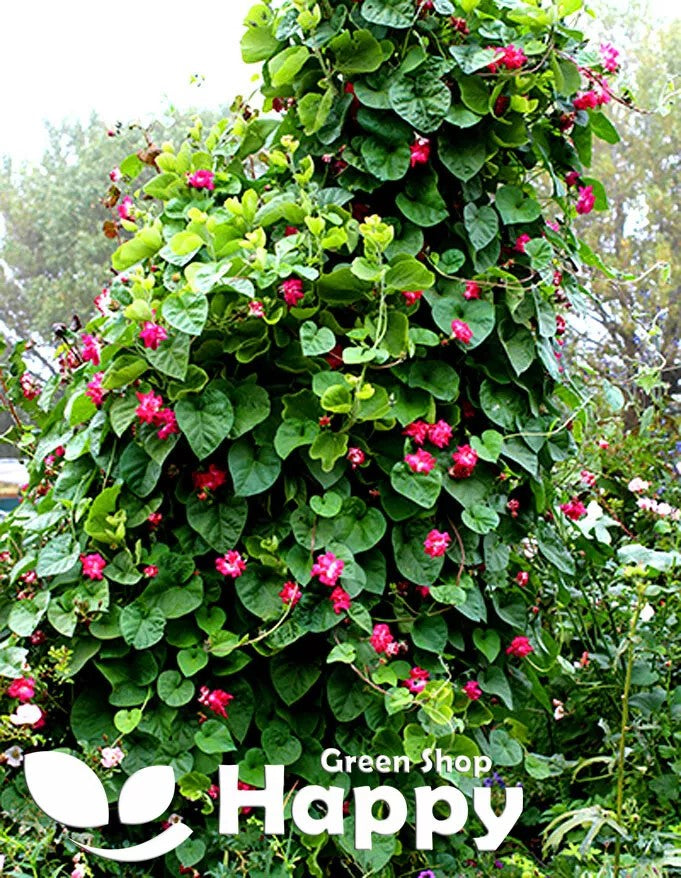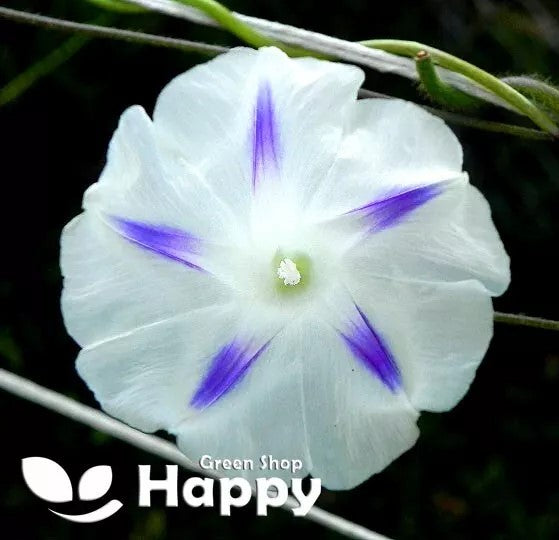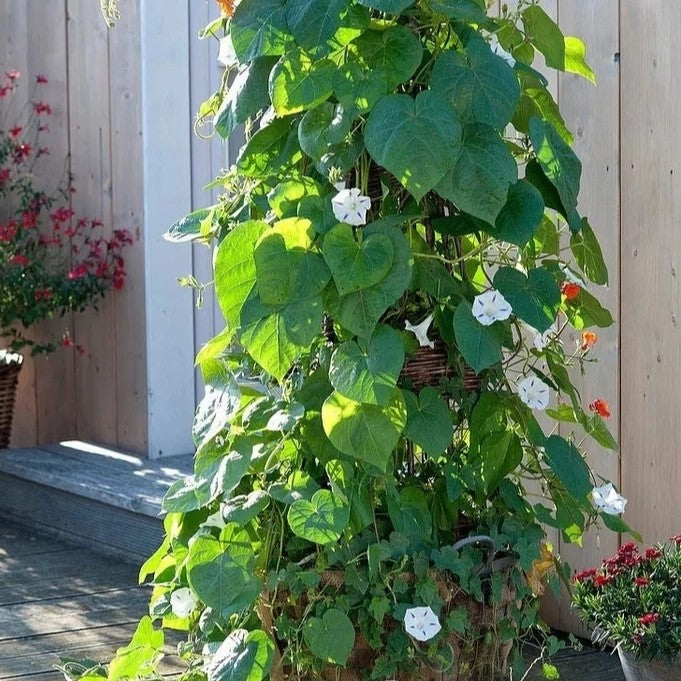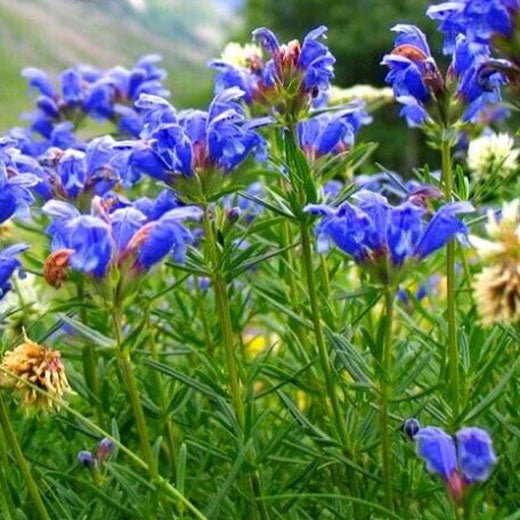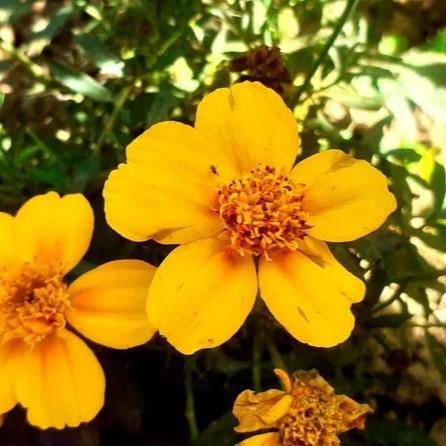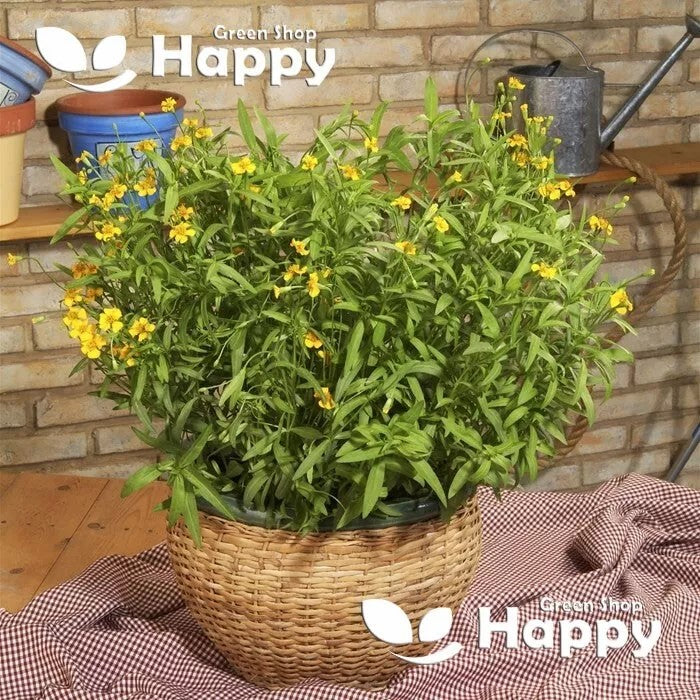Sort by:
351 products
351 products
Nemesia 'Carnival' Mixed – Seeds (Nemesia strumosa)
A compact and free-flowering annual, Nemesia 'Carnival' produces masses of cheerful, brightly colored blooms throughout summer. Its bushy, neat habit makes it ideal for edging, low borders, containers, and window boxes. A reliable choice for continuous seasonal color.
Highlights
-
Richly colored blooms in a vibrant mix
-
Compact, bushy plants for neat displays
-
Long flowering period from early summer
-
Easy to grow annual, suitable for beginners
-
Thrives in beds, borders, and containers
Key Features
-
Botanical Name: Nemesia strumosa
-
Variety: 'Carnival' Mixed
-
Seed Count: Approx. seeds per pack
-
Height/Spread: 20–25 cm tall
-
Position: Full sun, well-drained soil
-
Flowering Period: Summer to early autumn
Perfect For
-
Bedding schemes and cottage gardens
-
Patio pots, containers, and window boxes
-
Low-growing borders and edging
-
Adding vibrant color to garden displays
Sowing Instructions
-
Sow indoors Feb–April at 15–20°C
-
Surface sow seeds; press lightly into soil (do not cover)
-
Germination: 7–14 days
-
Transplant seedlings when large enough to handle, spacing 15–20 cm apart
-
Harden off and plant outdoors after last frost
Needle Aster Purple – 300 Seeds (Callistephus chinensis)
Description:
Bring vibrant purple color and texture to your garden with Needle Aster Purple (Callistephus chinensis). This annual produces tall, sturdy stems adorned with dense, needle-shaped petals in rich purple tones. Perfect for borders, cottage gardens, and cutting gardens, these asters bloom from late summer to autumn and attract pollinators. Easy to grow from seed, they provide long-lasting, eye-catching displays.
Key Features
-
Tall-growing annual with dense needle-shaped purple flowers
-
Long-lasting blooms from late summer to autumn
-
Ideal for cutting and floral arrangements
-
Attracts bees, butterflies, and other pollinators
-
Easy to grow and maintain
Ideal For
-
Borders and mixed flower beds
-
Cottage and cutting gardens
-
Pollinator-friendly plantings
-
Vibrant seasonal color displays
Sowing & Growing
-
Sow Indoors: February–April
-
Transplant Outdoors: May, after frost
-
Germination: 10–14 days at 18–22°C
-
Height: 60–90 cm
-
Spacing: 30–35 cm apart
-
Light: Full sun
-
Soil: Fertile, well-drained
Care Tips
-
Water moderately and consistently
-
Deadhead to prolong flowering
-
Support tall stems if necessary
-
Feed every 2–3 weeks with balanced fertilizer
Nasturtium ‘Out Of Africa’ – 60 Seeds (Tropaeolum majus)
Add a unique touch to your garden with Nasturtium ‘Out Of Africa’, a rare variety admired for its strikingly variegated foliage and vibrant flowers. The creamy-white marbled leaves provide a beautiful backdrop for the classic nasturtium blooms in shades of orange, red, and yellow. A vigorous yet easy-to-grow plant, perfect for borders, beds, hanging baskets, or edible gardens.
Highlights
-
Distinctive cream-variegated leaves with colorful flowers
-
Long-lasting blooms throughout summer and autumn
-
Edible flowers and foliage – peppery flavor for salads and garnishes
-
Hardy and low-maintenance
Key Features
-
Botanical Name: Tropaeolum majus
-
Seed Count: 60
-
Height: 30–40 cm
-
Position: Full sun to partial shade
-
Flowering Period: Summer to first frost
Perfect For
-
Adding foliage contrast to beds and borders
-
Hanging baskets and containers
-
Edible gardens and pollinator-friendly planting
-
Cottage and ornamental gardens
Sowing Instructions
-
Sow indoors 4–6 weeks before last frost or directly outdoors after frost risk has passed
-
Plant seeds 1.5–2 cm deep in well-drained soil
-
Space plants 25–30 cm apart
-
Germination: 10–14 days at 15–20°C
-
Flowers in 8–10 weeks after sowing
Musk Mallow – Seeds (Malva moschata)
Musk Mallow (Malva moschata) is a charming perennial known for its delicate, saucer-shaped flowers in shades of soft pink or white. Blooming from early summer to autumn, it adds natural cottage garden charm to borders, meadows, and wildflower plantings. Hardy and low-maintenance, this mallow thrives in well-drained soil and attracts bees, butterflies, and other pollinators, making it both ornamental and ecologically beneficial.
Why Grow "Musk Mallow"
-
Delicate pink or white saucer-shaped blooms
-
Long flowering season from early summer to autumn
-
Hardy, low-maintenance, and resilient
-
Pollinator-friendly plant
Key Features
-
Type: Perennial (Malva moschata)
-
Height: 60–90 cm
-
Flowering: Early summer to autumn
-
Position: Full sun or partial shade
-
Uses: Borders, meadows, cottage gardens, wildlife gardens
Ideal For
-
Naturalistic and cottage-style planting
-
Pollinator-friendly gardens
-
Borders, meadows, and wildflower plantings
-
Low-maintenance perennial displays
Sowing & Growing
-
Sow indoors: February–April in trays or pots
-
Sow outdoors: April–June directly in soil
-
Germination: 14–21 days at 15–20°C
-
Space seedlings: 30–40 cm apart
-
Prefers well-drained soil in full sun or partial shade
Mrs. J. Bradshaw ‘Brilliant Scarlett’ Seeds (Geum chiloense)
A vibrant perennial, Mrs. J. Bradshaw ‘Brilliant Scarlett’ produces striking, fiery scarlet blooms on sturdy stems above clumps of fresh green foliage. Hardy and long-flowering, it’s perfect for borders, cottage gardens, and mixed perennial beds, attracting pollinators and adding bold color from late spring to summer.
What Makes It Special
-
Brilliant scarlet flowers with strong garden presence
-
Hardy, long-flowering perennial ideal for dramatic displays
-
Attracts bees and butterflies, supporting pollinator gardens
Key Features
-
Botanical name: Geum chiloense
-
Hardy perennial
-
Height: 50–70 cm (20–28 in)
-
Bloom time: Late spring to summer
Ideal For
-
Garden borders and cottage-style plantings
-
Mixed perennial beds and containers
-
Pollinator-friendly landscapes
Sowing
-
Sow indoors Feb–Apr or outdoors Mar–May
-
Cover lightly with soil and keep moist
-
Germination: 14–28 days at 15–20°C
-
Thin seedlings 30–40 cm apart
-
Flowers the first or second season after sowing
Morning Glory ‘Ruffle Red’ – 5 Seeds
(Ipomoea imperialis)
The Morning Glory ‘Ruffle Red’ is a stunning and unusual climber with rich, velvety red blooms and beautifully ruffled, frilled petals. This variety combines the classic vigour of Morning Glories with a more exotic flower form, making it a real highlight in the garden. Its lush heart-shaped foliage and continuous summer display make it ideal for covering fences, arches, pergolas, and trellises.
Key Features
-
Type: Annual climber
-
Height: 2–3 m
-
Spread: 30–40 cm
-
Flowering: July–October
-
Position: Full sun / partial shade
-
Soil: Fertile, well-drained
Ideal For
-
Adding a dramatic splash of red to vertical spaces
-
Fences, arches, trellises, and pergolas
-
Large containers with supports
-
Cottage gardens and exotic planting schemes
Sowing & Growing
-
Sow indoors: March–April in pots or trays
-
Sow outdoors: May–June, after the last frost
-
Pre-treatment: Nick or soak seeds 12–24 hours before sowing
-
Germination: 7–14 days
-
Plant spacing: 30–40 cm
-
Provide strong support for climbing stems
-
Deadhead to prolong flowering
Morning Glory ‘Milky Way’ – Seeds
(Ipomoea tricolor)
Morning Glory ‘Milky Way’ is a stunning climbing annual with vibrant, trumpet-shaped flowers in deep blue with white star-like centers. Fast-growing and vigorous, it’s perfect for trellises, fences, and arbors, creating a breathtaking vertical display. Loved by pollinators, it also makes a striking addition to cottage gardens and ornamental plantings.
Why Grow Morning Glory ‘Milky Way’?
-
Striking blue flowers with white star-like centers
-
Vigorous climber, fast-growing and long-flowering
-
Attracts bees and hummingbirds
-
Ideal for vertical garden displays
Key Features
-
Type: Annual climber
-
Height: 250–300 cm
-
Flowers: Summer
-
Position: Full sun
-
Soil: Well-drained, fertile
Ideal For
-
Trellises, fences, and arbors
-
Cottage and ornamental gardens
-
Pollinator-friendly spaces
-
Quick vertical coverage and decorative screens
Sowing & Growing
-
Sow indoors: March–April in pots or trays
-
Sow outdoors: After last frost directly in prepared soil
-
Germination: 7–14 days at 20°C
-
Support: Provide trellis or fence for climbing
-
Care: Water regularly; trim for shape and extended flowering
Moldavian Dragonhead – Seeds (Dracocephalum moldavica)
The Moldavian Dragonhead (Dracocephalum moldavica) is a fragrant annual herb admired for its violet-blue flowers and aromatic lemon-scented foliage. Highly attractive to bees and butterflies, it makes a charming addition to herb gardens, borders, and pollinator-friendly spaces. Its leaves are sometimes used for teas with a refreshing citrus flavor.
Why Grow Moldavian Dragonhead?
-
Violet-blue blooms with a pleasant lemon fragrance
-
Excellent for pollinators, especially bees
-
Easy to grow and low maintenance
-
Useful as an ornamental and herbal plant
Ideal For
-
Herb gardens
-
Pollinator-friendly plantings
-
Borders and cottage gardens
-
Aromatic tea lovers
Key Features
-
Type: Annual herb
-
Height: 40–60 cm
-
Spread: 20–30 cm
-
Flowering: June–August
-
Position: Full sun to partial shade
-
Soil: Light, well-drained
Sowing & Growing
-
Sow indoors: March–April, lightly cover seeds
-
Germination: 7–14 days at 18–22°C
-
Transplant outdoors: After frost risk has passed
-
Direct sow outdoors: April–May
-
Spacing: 25–30 cm apart
Tip: Regular deadheading encourages longer flowering and stronger aroma.
Mexican Tarragon – Seeds
(Tagetes lucida) – Perennial Herb / Ornamental
Mexican Tarragon, also known as Sweet Mace or Spanish Tarragon, is a versatile plant prized both as a culinary herb and a decorative flower. It produces bright golden-yellow blossoms and aromatic leaves with a distinctive anise-like flavor, often used as a substitute for French tarragon in cooking. Highly valued in traditional medicine and rituals, it is also a magnet for pollinators like bees and butterflies.
Key Features
-
Type: Tender perennial (often grown as annual in cooler climates)
-
Height: 45–75 cm
-
Spread: 30–40 cm
-
Flowers: Clusters of golden-yellow blooms
-
Blooming period: Summer to autumn
-
Position: Full sun
-
Soil: Well-drained, moderately fertile soil
-
Other: Aromatic foliage; edible herb
Ideal For
-
Herb and kitchen gardens
-
Summer borders and cottage gardens
-
Pollinator-friendly gardens
-
Containers and pots
-
Edible landscaping
Culinary & Herbal Uses
-
Leaves used fresh or dried in soups, sauces, chicken, and fish dishes
-
Herbal teas with calming properties
-
Traditional medicinal and ceremonial uses
Sowing & Growing
-
Sow indoors: February–April in seed trays with light soil.
-
Germination: 7–14 days at 18–22°C.
-
Transplant: Harden off and plant outdoors after the last frost.
-
Care: Prefers sunny, warm positions. Pinch young shoots to encourage bushiness. Harvest leaves before flowering for best flavor.
Showing 162/351



